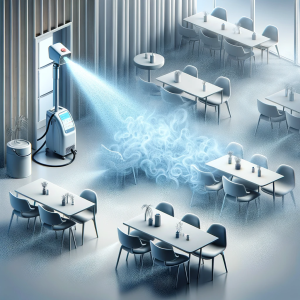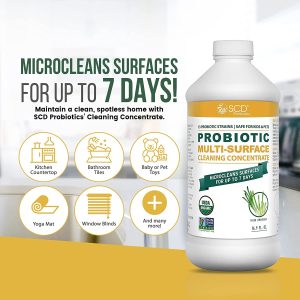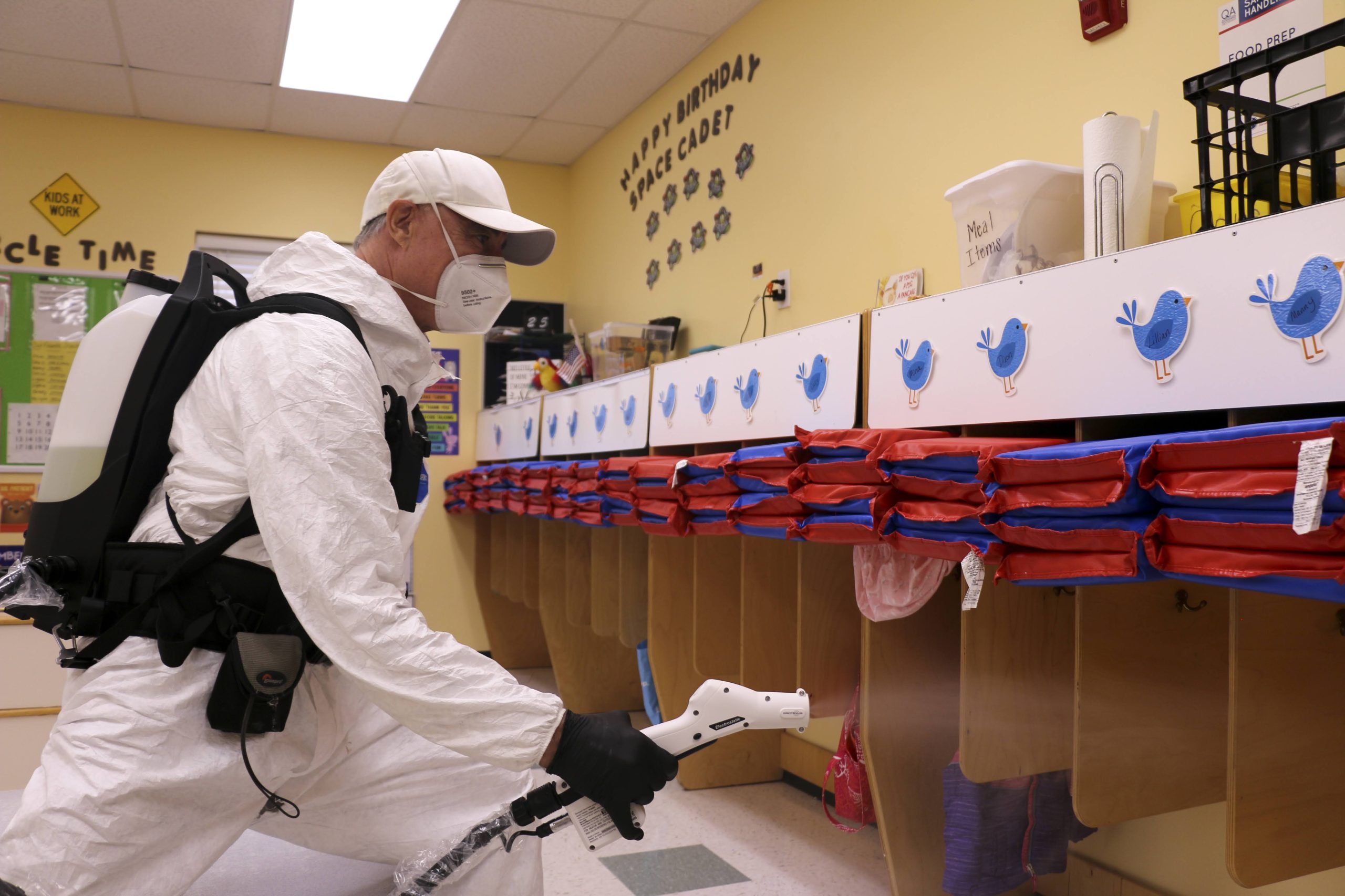In our quest to maintain healthy indoor environments, fogging has emerged as a crucial technology when applied correctly.
This blog explores the application of wet, dry, and electrostatic fogging methods, emphasizing the importance of rebalancing the natural biome of home surfaces and the innovative use of probiotics for ongoing environmental management.
After a thorough investigation and resolution of the home for moisture and mold issues fogging may be an integral part of the final cleaning process to remove particulate matter and disinfect.
Understanding Home Biomes

Every home has a natural biome, a community of microorganisms living on surfaces. This biome can become imbalanced due to the proliferation of mold or pathogenic bacteria. Addressing this imbalance is crucial for maintaining a healthy indoor environment.
The Role of Fogging in Deep Cleaning
Fogging is crucial in comprehensive cleaning processes as it facilitates the settling of airborne particles and related substances onto surfaces or air filters, making them accessible for removal. This technique ensures the efficient elimination of these contaminants through later wiping steps.
Wet Fogging

Wet fogging, especially with an essential oil or glycol-based solutions, is ideal for airborne particulate removal and intensive cleaning. Its larger droplets (10 to 50 micron) ensure better surface coverage and an extended contact time, Due to slower evaporation for the disinfectant to work effectively.
Dry Fogging
Dry fogging, with droplet size of 5 micron or less, often using hydrogen peroxide, is effective against pathogenic bacteria, mycotoxins, endotoxins, and viruses. Its finer droplets reach hard-to-access areas, ensuring comprehensive cleanliness.
Electrostatic Fogging

Electrostatic fogging, adaptable for both wet and dry fogging methods, offers comprehensive and even coverage on all surfaces. This technique excels in thoroughly covering every part of a space, including hard-to-reach corners and crevices, by ensuring the disinfectant is evenly distributed. The key to its effectiveness lies in its electrostatic charge, which enhances the solution’s adherence to surfaces, ensuring a more thorough and lasting application.
Hydrogen Peroxide in Fogging
Hydrogen peroxide is a popular choice in fogging for its broad-spectrum antimicrobial properties. It decomposes into harmless byproducts, making it a safe and environmentally friendly option.
The Role of CS4
CS4, a compound crafted from food-grade alcohol and essential oils, stands out as a superior option for both wet and electrostatic fogging. This is due to its dual capacity for disinfection and transferring airborne particles onto surfaces. A notable aspect of CS4 is its contribution to sustained microbial prevention. Thanks to the essential oils it contains, CS4 extends its protective effects for up to 30 days. Beyond its cleaning capabilities, CS4 plays a vital role in preserving a fresh and pleasant environment after treatment.
Reestablishing a Healthy Biome with Probiotics

Once a surface is clean and disinfected, it’s crucial to promptly reintroduce natural soil-based probiotics. This step is key in creating a protective barrier against harmful bacteria and mold. By doing so, these beneficial probiotics effectively occupy space and resources, making it more challenging for pathogenic microbes or mold to establish themselves.
Using fogging methods with Probiotic enzyme products, like those offered by SCD Probiotics, is an effective natural strategy to reestablish and maintain a healthy biome on surfaces. This approach not only cleans but also safeguards surfaces by promoting a beneficial microbial environment.
After cleaning and disinfecting, it’s beneficial to introduce natural soil-based probiotics to the environment to crowd out the progression of pathogenic bacteria and mold.
Fogging with Probiotic enzyme products like those from SCD Probiotics offer a natural way to establish a healthy biome on surfaces.
These probiotics are effective due to:
• Enzymatic Cleaning: They use enzymatic activity to break down and clean grime.
• Organic Matter Removal: By consuming organic matter, these probiotics help in maintaining cleanliness.
• Pathogen Prevention: They populate surfaces, which helps in deterring harmful bacteria.
This method ensures a thorough, microscopic level of cleanliness, contributing to a healthier living space. The probiotics in SCD’s All-Purpose Cleaning Concentrate are designed to remain active on surfaces for up to a week. Unlike standard cleaners that can quickly become decontaminated, these probiotics provide ongoing protection against resilient bacteria. Plus, there’s no need for rinsing or gloves, thanks to the safe and biodegradable formula.

Key features include:
• Gentle Yet Effective: Unlike harsh cleaners, this probiotic cleaner is kind to your skin and home.
• Highly Concentrated: One bottle makes 2 gallons or 16 spray bottles of ready-to-use cleaner.
• Naturally Scented: Available in lavender or lemongrass, using only organic essential oils.
• Safe Ingredients: Free from harmful chemicals like sulfates, parabens, and ammonia.
• Eco-Friendly and Organic: USDA Certified Organic, made in the USA, and microbiome friendly.
Conclusion
The choice between wet, dry, and electrostatic fogging depends on the specific needs of your space and the nature of the remediation required. Following up with natural probiotics is an innovative step towards ensuring long-term environmental health. This holistic approach to indoor environmental management – combining effective cleaning, disinfection, and probiotic reinforcement – represents the forefront of maintaining and enhancing the health of our indoor spaces.

